Home>Home Maintenance>What To Look For In A Home Inspection Checklist
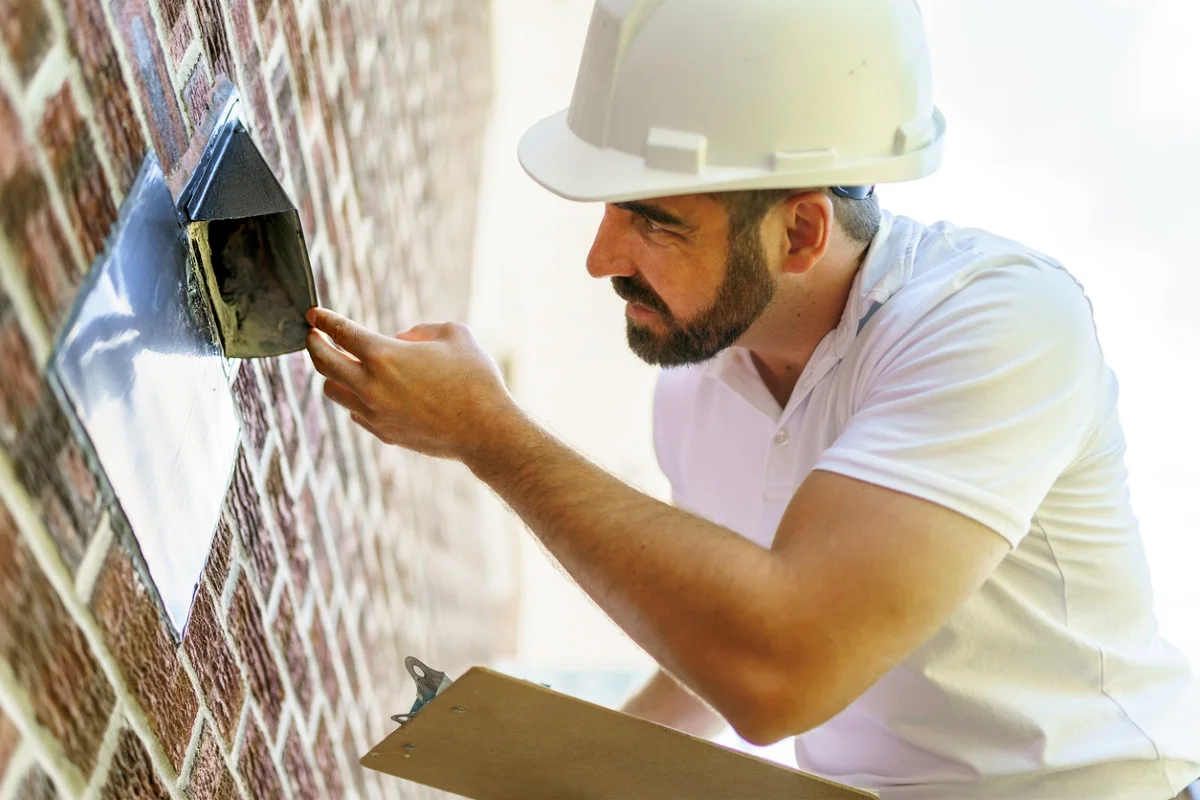

Home Maintenance
What To Look For In A Home Inspection Checklist
Modified: March 6, 2024
Looking for an effective home inspection checklist? Discover what to look for in a comprehensive checklist for home maintenance. Ensure your property is in top condition with our tips and guidance.
(Many of the links in this article redirect to a specific reviewed product. Your purchase of these products through affiliate links helps to generate commission for Storables.com, at no extra cost. Learn more)
Introduction:
Welcome to the world of home inspections, where a comprehensive checklist can save you from potential headaches down the line. Whether you are buying a new home or preparing to sell your existing property, a thorough home inspection is essential to ensure its structural integrity, safety, and overall condition. In this article, we will guide you through the key elements of a home inspection checklist, providing you with the knowledge you need to make informed decisions and protect your investment.
A home inspection is a visual examination of a property’s physical structure and systems, conducted by a licensed professional. It involves evaluating the condition of various components, such as the foundation, roof, electrical systems, plumbing, HVAC, and more. The goal is to identify any existing or potential issues that may require repairs or maintenance.
While home inspections are typically conducted during the buying or selling process, they can also be beneficial for homeowners who want to keep their property in top shape or those seeking to make renovations. Understanding what to look for during a home inspection can help you address any hidden issues early on, potentially saving you significant time and money in the long run.
Before we delve into the specifics of a home inspection checklist, it’s important to note that the inspection process can vary depending on factors such as the age of the home, local building codes, and specific areas of concern. However, the underlying principles and key areas of focus remain relatively consistent.
By educating yourself on the fundamental aspects of a home inspection, you’ll be better equipped to communicate with the inspector, ask relevant questions, and ultimately make informed decisions regarding your property. So let’s begin our journey through the world of home inspections, and discover what to look for on your checklist.
Key Takeaways:
- Home inspections are crucial for buyers, sellers, and homeowners to uncover hidden issues, ensure safety, and make informed decisions about their property’s condition and maintenance needs.
- Preparing for a home inspection by clearing access, making repairs, and being present during the process can facilitate a thorough examination and effective communication with the inspector.
Read more: What To Look For In A Home Inspection
Importance of Home Inspections:
A home inspection is an essential step in the home buying process, as it provides valuable information about the condition of the property. It offers peace of mind to both buyers and sellers by disclosing any issues or potential risks that may impact the sale or safety of the home.
For buyers, a thorough home inspection helps identify any hidden problems that may not be noticeable during a casual walk-through. It allows you to make an informed decision and negotiate any necessary repairs or price adjustments. It could save you from purchasing a property with costly underlying issues that you were not aware of.
For sellers, a pre-listing home inspection can be highly beneficial. It allows you to address any issues proactively before putting your home on the market. By fixing or disclosing potential problems, you instill confidence in potential buyers and may be able to sell your home more quickly and at a higher price.
Home inspections are not just for buyers and sellers. Homeowners can also benefit from periodic inspections to ensure their property remains in good condition. Regular maintenance and early detection of potential issues can prevent more significant problems down the line.
Additionally, home inspections can help uncover health and safety hazards. Inspectors are trained to identify issues such as mold, radon, asbestos, or electrical hazards that could pose risks to the occupants. By addressing these concerns promptly, you can create a safer living environment for you and your loved ones.
Another advantage of home inspections is that they provide an opportunity for buyers to learn about the property they are considering purchasing. Inspectors often provide valuable insights and educate buyers on maintenance tips, potential future expenses, and how to operate and care for various systems in the home.
It’s important to remember that a home inspection is a snapshot in time and not a guarantee of the future condition of the property. However, it is a vital step in the due diligence process, allowing you to make an informed decision and negotiate for any necessary repairs or adjustments.
Overall, home inspections are an invaluable tool for buyers, sellers, and homeowners. They uncover hidden issues, promote transparency in real estate transactions, and contribute to the long-term health and safety of a property. By investing in a thorough home inspection, you’re investing in the peace of mind and protection of your most significant asset.
Preparing for a Home Inspection:
Preparing for a home inspection is essential to ensure a smooth and efficient process. By taking a few proactive steps, you can help the inspector assess your property accurately and uncover any potential issues. Here are some key tips to help you prepare:
- Clear Access to all Areas: Ensure that the inspector has easy access to all areas of the home, including the attic, basement, crawlspace, and electrical panel. Remove any clutter or obstacles that may impede the inspection process.
- Make Necessary Repairs: Address any minor repairs before the inspection. Fix leaky faucets, loose handrails, malfunctioning doors or windows, and other small issues. This demonstrates your attention to maintenance and may help create a positive impression.
- Clean and Declutter: Clean your home thoroughly before the inspection. A clean and tidy space allows the inspector to easily assess the condition of various areas. Remove personal belongings and declutter to ensure clear visibility.
- Provide Documentation: Gather any documentation related to the property, such as renovation permits, warranties, or maintenance records. This information can help the inspector get a better understanding of the property’s history and may be useful for future buyers.
- Ensure Utilities are On: Make sure that all utilities, including electricity, water, and gas, are turned on. This allows the inspector to test systems and appliances thoroughly. If necessary, coordinate with the seller or utility companies to ensure these services are active during the inspection.
- Prepare a List of Questions: Take the time to compile a list of questions or concerns you may have about the property. The home inspection is an excellent opportunity to gather information and clarifications from the inspector. Asking insightful questions will help you better understand the condition and maintenance needs of the property.
- Be Present During the Inspection: While not mandatory, it is advisable for buyers to be present during the inspection. This allows you to accompany the inspector, ask questions in real-time, and gain a better understanding of the property’s condition. For sellers, it is generally recommended to leave the premises during the inspection to provide space for the inspector to work.
- Take Notes and Photos: Bring a notebook and pen with you to document any important findings during the inspection. Taking photos can also be helpful, especially for areas that may be difficult to describe or remember later. These notes and images will serve as a reference when reviewing the inspection report.
By following these tips, you will ensure that your home is well-prepared for the inspection process. This will facilitate a thorough examination of the property and allow for effective communication between you and the inspector. Remember, a little preparation goes a long way in ensuring a successful home inspection.
Exterior Inspection Checklist:
When it comes to the exterior of a home, there are several key areas that should be thoroughly inspected. The condition of the exterior can provide valuable insights into the overall condition and maintenance of the property. Here is a checklist to guide you during the exterior inspection:
- Roof: Inspect the roof for any signs of damage, such as missing or broken shingles, sagging, or signs of leaks. Check for any debris or moss buildup that could indicate poor maintenance or drainage issues. Consider the age and condition of the roof and assess if it may need repairs or replacement in the near future.
- Siding and Exterior Materials: Examine the siding, stucco, brick, or other exterior finishes for any cracks, rot, or signs of water damage. Look for any loose or missing pieces that may require repairs. Check if the paint or stain is in good condition and if there are any signs of peeling or discoloration.
- Windows and Doors: Inspect all windows and exterior doors for proper functioning, tight seals, and signs of water intrusion. Check for any cracks, broken glass, or gaps that could compromise energy efficiency or home security. Ensure that all locks, latches, and weatherstripping are in good working order.
- Gutters and Downspouts: Check the gutters and downspouts for any clogs, debris buildup, or signs of damage. Ensure that they are securely attached to the home and properly diverting water away from the foundation. Look for any signs of water stains, mold, or erosion near the foundation, which could indicate drainage issues.
- Foundation: Inspect the foundation for any cracks, shifting, or signs of settlement. Look for any water stains, mold growth, or efflorescence, which could indicate moisture problems or inadequate drainage. Take note of any unevenness or signs of structural issues that may require further evaluation by a professional.
- Driveways and Walkways: Assess the condition of the driveway and walkways, checking for any cracks, potholes, or uneven surfaces. Look for signs of surface damage, such as crumbling or sinking areas. Consider the overall safety and functionality of these areas.
- Landscaping and Yard: Evaluate the landscaping and yard for proper grading and drainage. Look for any signs of erosion, standing water, or damage to plants or trees near the home. Check for overgrown vegetation that may be in contact with the house, as this can lead to moisture issues or pest infestations.
- Exterior Fixtures and Outlets: Test all exterior lights, outlets, and other fixtures to ensure they are in good working order. Look for any signs of damage or exposed wiring that could pose safety hazards. Check if the outdoor faucets are functioning properly and not leaking.
By conducting a thorough inspection of the exterior, you can identify any issues that may require attention or further investigation. It’s important to address any potential problems promptly to maintain the integrity and safety of your home. If any significant concerns arise during the inspection, it may be advisable to consult with a professional contractor or specialized inspector for further assessment and guidance.
Interior Inspection Checklist:
When conducting an interior inspection of a home, it is important to assess the condition and functionality of various components. The interior of a house is where we spend most of our time, so it’s crucial to ensure it meets your needs and is in good condition. Here is an interior inspection checklist to help guide you:
- Walls, Ceilings, and Floors: Inspect the walls, ceilings, and floors for any cracks, stains, or signs of water damage. Look for peeling paint, uneven surfaces, or bulging areas that may indicate underlying issues. Check the condition of the flooring and look for any damaged or loose tiles, squeaky floorboards, or worn-out carpets.
- Windows and Doors: Assess the condition of all windows and interior doors. Open and close them to ensure they operate smoothly and securely. Check for any drafts, broken glass, or damaged frames that may affect energy efficiency or home security. Verify that all locks and hardware are in good working order.
- Plumbing Systems: Test the functionality of sinks, faucets, toilets, showers, and bathtubs. Check for any leaks, low water pressure, or signs of water damage. Look under sinks for any signs of mold or moisture issues. If possible, inspect the water heater and ensure the temperature and pressure relief valve are functioning correctly.
- Electrical Systems: Test all light switches, outlets, and GFCI (Ground Fault Circuit Interrupter) outlets. Check for any flickering lights, non-functioning outlets, or loose wires. Inspect the electrical panel for any signs of damage, overheating, or outdated wiring. Keep an eye out for exposed wires or faulty electrical work.
- HVAC Systems: Inspect the heating, ventilation, and air conditioning systems. Test the thermostat to ensure it functions properly and controls the temperature as expected. Check the air filters and assess their condition. If accessible, inspect the furnace, air conditioner, or heat pump for any issues or signs of maintenance requirements.
- Kitchen Appliances: Test all kitchen appliances, including the stove, oven, refrigerator, dishwasher, and microwave. Ensure they operate smoothly and without any unusual noises or malfunctions. Check the condition of seals, handles, and controls. Consider the age and maintenance history of each appliance.
- Cabinets, Countertops, and Fixtures: Inspect the cabinets, countertops, and fixtures in the kitchen and bathrooms. Look for any signs of damage, such as loose hinges, cracked surfaces, or leaking faucets. Check the condition of grout, caulking, and seals around sinks and tubs.
- Storage Spaces: Assess the condition and functionality of closets, storage areas, and shelving units. Look for any signs of water damage or pest infestation. Check that doors and drawers open and close smoothly. Evaluate the overall capacity and organization of these spaces.
By conducting a thorough interior inspection, you can identify any issues or maintenance needs within the home. Take note of any concerns and discuss them with a professional if necessary. Remember, it’s important to address any significant issues promptly to maintain the comfort, safety, and livability of your home.
When reviewing a home inspection checklist, pay close attention to the condition of the roof, foundation, electrical system, plumbing, and HVAC system as these are critical areas that can be costly to repair if issues are found.
Systems Inspection Checklist:
When conducting a home inspection, it is crucial to assess the functionality and condition of various systems within the property. These systems play a vital role in providing comfort, safety, and functionality to the home. Here is a checklist to guide you through the inspection of the major systems:
- Heating, Ventilation, and Air Conditioning (HVAC) System: Inspect the HVAC system for proper functioning and maintenance. Test the heating and cooling capabilities and check for any unusual noises or odors. Change the filters if needed and examine the condition of the ductwork. Consider the age and efficiency of the system.
- Electrical System: Assess the electrical system for any safety hazards and proper functioning. Test all outlets, switches, and lights throughout the home. Look for any exposed wires, loose connections, or outdated wiring. Inspect the electrical panel for any signs of damage or overloading.
- Plumbing System: Check the water supply and drainage systems. Inspect the pipes for any signs of leaks, corrosion, or damage. Test all faucets, toilets, showers, and other fixtures for proper functioning and water pressure. Look for any signs of mold or water damage around plumbing fixtures.
- Water Heater: Evaluate the condition and functionality of the water heater. Check for any leaks, corrosion, or signs of aging. Assess the temperature and pressure relief valve and ensure it is working correctly. Take note of the age and potential lifespan of the water heater.
- Ventilation and Insulation: Inspect the attic and crawl spaces for proper ventilation and insulation. Check for any signs of moisture or mold growth. Assess the condition of the insulation and ensure it meets the recommended standards for energy efficiency.
- Smoke and Carbon Monoxide Detectors: Test all smoke detectors and carbon monoxide detectors to ensure they are functioning properly. Check the expiry date of the detectors and replace them if necessary. Make sure they are installed in the appropriate locations throughout the home.
- Security System: If the property has a security system installed, test its functionality. Ensure that all sensors, cameras, and alarms are in working order. Contact the security company for any necessary maintenance or updates.
- Home Automation Systems: Inspect any home automation systems, such as smart thermostats, lighting controls, or security features. Test their functionality and ensure they are properly integrated and functioning as intended.
During the inspection, make note of any issues or concerns regarding these systems. If any significant problems are identified, it is recommended to consult with a professional technician or contractor for further evaluation and potential repairs. Remember, a thorough inspection of the home’s systems is crucial for ensuring safety, comfort, and efficiency within the property.
Structural Inspection Checklist:
When conducting a home inspection, it is essential to assess the structural integrity of the property. The structural components provide the framework and support for the entire home. Here is a checklist to guide you through the structural inspection:
- Foundation: Inspect the foundation for any cracks, shifting, or signs of settlement. Look for any water stains, mold growth, or efflorescence that may indicate moisture issues or inadequate drainage. Take note of any unevenness or signs of structural issues such as bowing or leaning walls.
- Walls: Examine the interior and exterior walls for any cracks, bulges, or signs of movement. Pay close attention to load-bearing walls and load-bearing points such as windows and doors. Look for any indications of water damage or moisture issues in the walls.
- Floors and Ceilings: Assess the condition of the floors and ceilings throughout the home. Look for any unevenness, sagging, or signs of movement. Pay attention to any cracks or water stains that may indicate underlying structural issues.
- Roof Structure: Inspect the roof structure for any signs of damage, such as sagging or bowing. Look for any missing, broken, or displaced roof trusses or rafters. Check for proper roof ventilation and signs of inadequate support, especially in areas with heavy snowfall or high wind activity.
- Attic and Crawl Spaces: Assess the condition of the attic and crawl spaces. Look for any signs of water damage or moisture intrusion. Inspect for any sagging or damaged structural components, such as beams or joists. Check the insulation and ventilation in these areas.
- Doors and Windows: Inspect the doors and windows for proper alignment and operation. Look for any signs of sticking, excessive gaps, or difficulty in opening or closing. Check the frames and surrounding areas for any indications of structural concerns.
- Chimneys and Fireplaces: Evaluate the condition of the chimney and fireplace. Look for any leaning or deterioration of the chimney structure. Inspect the firebox, hearth, and flue for any cracks or damage. Check for proper clearance and functioning of the chimney cap and spark arrestor.
- Exterior Structure: Assess the overall condition of the exterior structure, including the walls, roof, and any attached structures such as decks or balconies. Look for signs of rot, decay, or termite damage. Inspect the integrity of the siding, trim, and other exterior finishes.
During the structural inspection, it is crucial to pay attention to any significant flaws or concerns. If any issues are detected, it is advisable to consult with a professional structural engineer or contractor for further evaluation. The structural integrity of a home is a critical aspect of its long-term stability and safety, so it should not be overlooked during the inspection process.
Additional Inspection Considerations:
While the main focus of a home inspection is on the structural, interior, and systems aspects of the property, there are other important factors to consider during the inspection process. These additional considerations can provide valuable insights and help ensure a comprehensive evaluation of the home. Here are some areas to keep in mind:
- Appliances and Fixtures: Test the functionality of all appliances, including the refrigerator, stove, dishwasher, washer, and dryer. Pay attention to any unusual noises, leaks, or malfunctions. Assess the condition of fixtures such as ceiling fans, light fixtures, and bathroom exhaust fans.
- Radon Testing: Consider conducting a radon test, especially if you live in an area with a higher risk of radon gas. Radon is an odorless and colorless gas that can be harmful to health. A professional radon test can provide information on the presence and levels of radon within the home.
- Pest and Termite Inspection: It is recommended to have a professional pest and termite inspection conducted to check for any infestation or damage caused by pests. Look for signs of termites, ants, rodents, or other pests that may compromise the structure or hygiene of the home.
- Environmental Hazards: Consider additional inspections or tests for environmental hazards, such as mold, asbestos, lead-based paint, or water quality. These tests can help identify potential health risks and ensure a safe living environment for occupants.
- Energy Efficiency: Assess the energy efficiency of the home by evaluating insulation, windows, and doors. Look for any potential areas of air leakage or inadequate insulation. Consider requesting a home energy audit to get a more detailed analysis of the property’s energy performance.
- Swimming Pool and Spa: If the property includes a swimming pool or spa, consider having a separate inspection performed. Evaluate the condition of the pool structure, deck or patio, safety features, filtration system, and water quality. An inspection can help identify any necessary repairs or maintenance needs.
- Ancillary Structures: Assess the condition of any additional structures on the property, such as sheds, garages, or outbuildings. Look for signs of structural integrity, water damage, or pest infestation. Ensure that these structures meet your needs and are in compliance with local codes.
- Property Drainage: Evaluate the grading and drainage around the property. Look for any signs of pooling water or improper runoff. Improper drainage can lead to water intrusion, foundation issues, and landscape erosion. Consider the placement of downspouts and the functionality of the gutter system.
By considering these additional inspection areas, you can obtain a more thorough understanding of the home’s condition and any specific concerns that may need to be addressed. Remember, the goal of a home inspection is to gather as much information as possible to make an informed decision and ensure the safety, functionality, and overall quality of the property.
Common Issues Found During Home Inspections:
Home inspections often uncover a variety of issues that may require attention or further evaluation. While the specific issues can vary depending on the age, location, and maintenance history of the property, there are several common problems that arise during home inspections. Here are some of the most frequently encountered issues:
- Roofing Problems: Roofing issues are regularly identified during home inspections. These can include missing or damaged shingles, leaks, deteriorated flashing, or inadequate ventilation. Roof repairs or even a complete replacement may be necessary to ensure the integrity of the home and prevent water damage.
- Plumbing Leaks: Leaks in plumbing systems are another common issue. Inspectors often discover leaks in faucets, pipes, or fixtures, leading to water damage, mold growth, and increased water bills. Addressing these leaks promptly can prevent further damage and conserve water.
- Electrical Problems: Electrical issues can range from outdated or faulty wiring to overloaded circuits or safety hazards. Inadequate grounding, improper installation of outlets or switches, and non-compliance with electrical codes may also be identified. It is crucial to have any electrical abnormalities addressed by a licensed electrician for safety reasons.
- Moisture and Water Damage: Moisture-related problems, such as water intrusion, mold growth, or high humidity levels, are frequently uncovered during inspections. These issues can result from poor drainage, foundation cracks, leaking pipes, or insufficient ventilation. Resolving these issues is essential to prevent further damage and protect indoor air quality.
- Structural Deficiencies: Inspectors often identify structural issues such as foundation cracks, uneven settling, or bowing walls. These problems can compromise the stability and safety of the home and may require the expertise of a structural engineer for assessment and recommended repairs.
- HVAC Malfunctions: Heating, ventilation, and air conditioning (HVAC) systems are prone to malfunctions and deficiencies. Issues commonly found include improper installation, lack of maintenance, dirty air filters, malfunctioning thermostats, or inadequate cooling or heating capacity. Addressing these problems improves energy efficiency, indoor comfort, and air quality.
- Inadequate Insulation: Poor insulation can lead to energy loss, uncomfortable indoor temperatures, and increased utility bills. Insulation issues may include inadequate coverage, uneven distribution, or insufficient insulation in attic or wall spaces. Improving insulation is essential for energy efficiency and optimal home comfort.
- Safety Hazards: During inspections, safety hazards may be identified, such as malfunctioning smoke detectors, missing or inadequate handrails, loose stair treads, or faulty electrical wiring. These hazards pose risks to occupants and should be addressed promptly to ensure a safe living environment.
These are just a few examples of the common issues that may arise during a home inspection. It is important to approach the inspection process with a thorough understanding of potential problems and the willingness to address them. By identifying and resolving these issues, you can ensure the safety, functionality, and long-term value of your home.
Read more: What Do They Look At In A Home Inspection
Conclusion:
A home inspection is a vital step in the process of buying, selling, or maintaining a home. It provides valuable insight into the condition, safety, and functionality of a property. By conducting a thorough inspection and addressing any identified issues, you can make informed decisions, protect your investment, and ensure the long-term comfort and well-being of your home.
In this article, we have explored the importance of home inspections and provided comprehensive checklists for various aspects of the inspection process. From exterior and interior inspection to assessing systems and structural integrity, each checklist is designed to help you identify potential issues and make informed decisions.
It is crucial to remember that home inspections have their limitations. Inspectors cannot see through walls or predict future problems. However, a thorough inspection by a certified professional can provide significant insights and guidance.
During the inspection process, it is essential to maintain open communication with both the inspector and relevant parties involved, such as buyers, sellers, or contractors. This allows for clearer understanding, accurate evaluation, and timely resolution of any issues that may arise.
As a homeowner, it is beneficial to conduct periodic inspections to proactively address any maintenance or repair needs. Regular upkeep can prevent minor issues from escalating into significant problems while maintaining the value and integrity of your property.
In conclusion, investing in a thorough home inspection is a crucial part of the home buying or selling process and even for homeowners who want to ensure their property is in good condition. By following the checklists provided and working with qualified professionals, you can gain confidence in your decision-making and enhance the overall quality and safety of your home.
Remember, a home inspection is an opportunity to gather information, identify potential concerns, and seek expert advice. By doing so, you can navigate the home maintenance journey with ease and peace of mind.
Frequently Asked Questions about What To Look For In A Home Inspection Checklist
Was this page helpful?
At Storables.com, we guarantee accurate and reliable information. Our content, validated by Expert Board Contributors, is crafted following stringent Editorial Policies. We're committed to providing you with well-researched, expert-backed insights for all your informational needs.
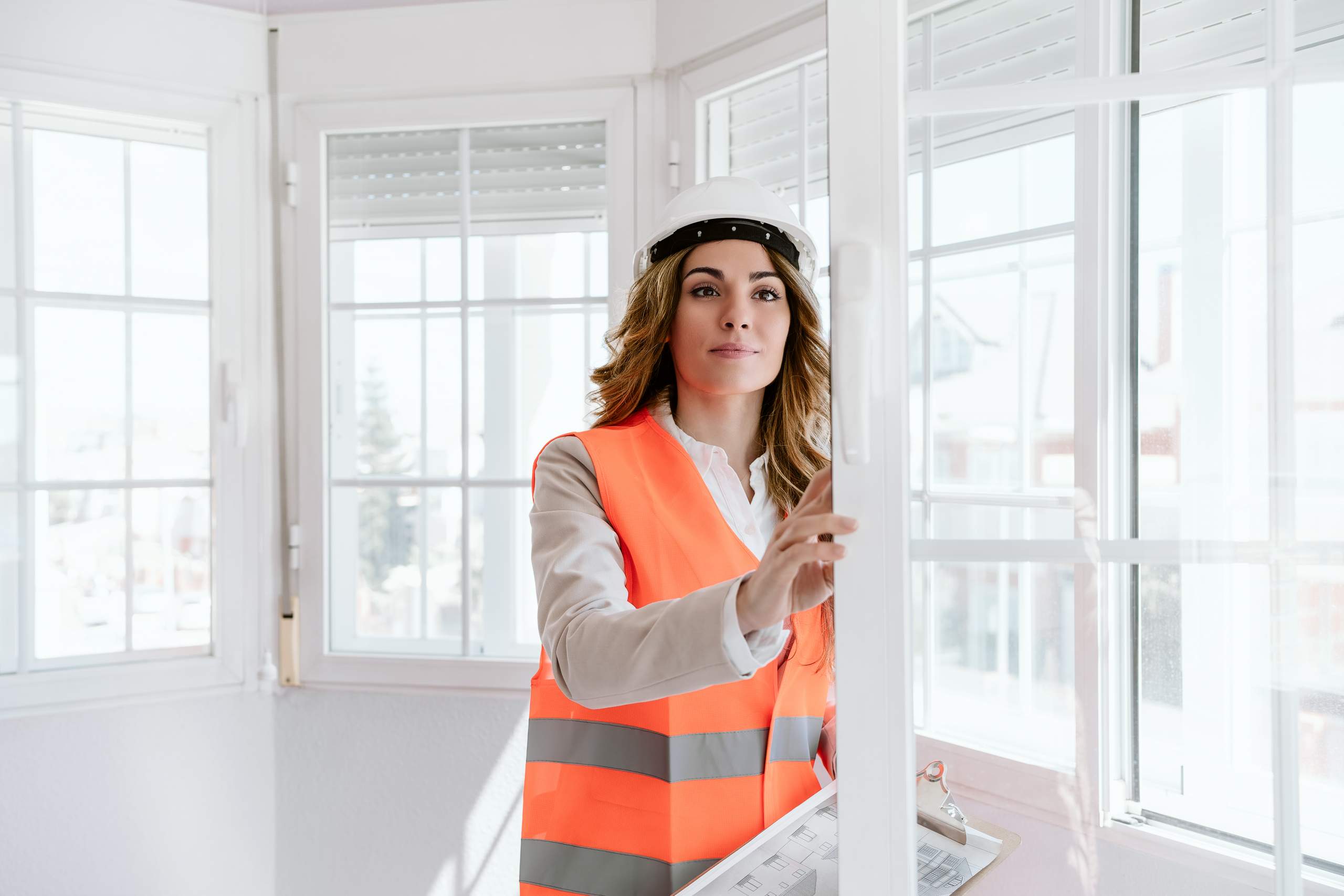

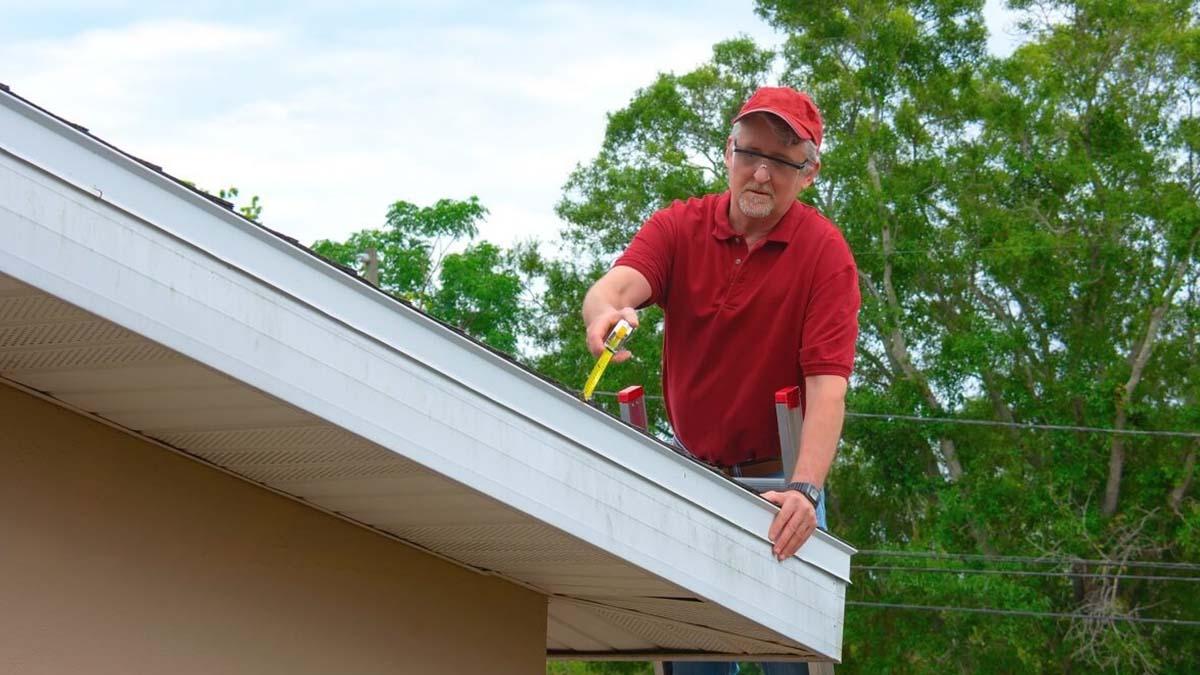
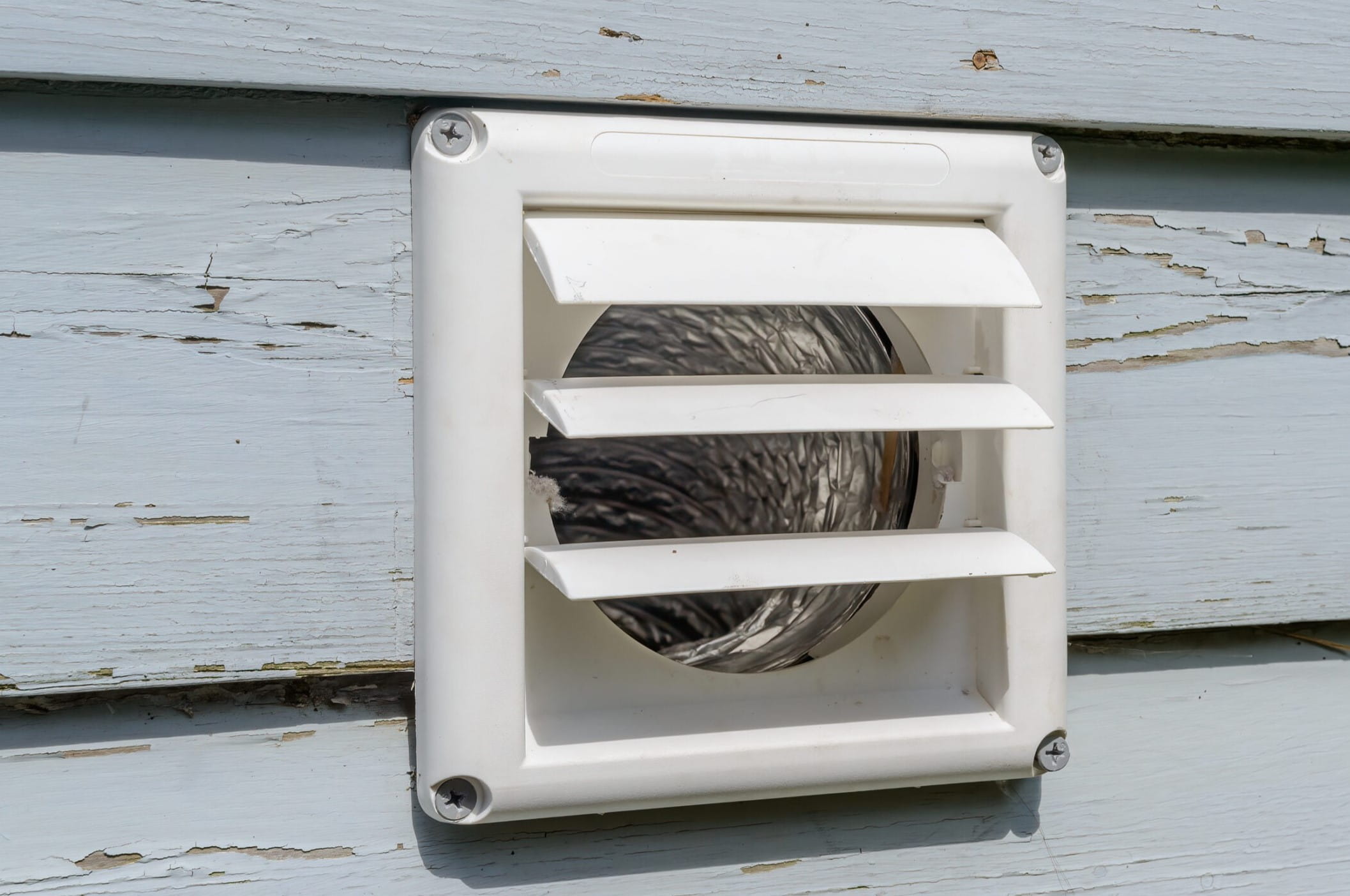
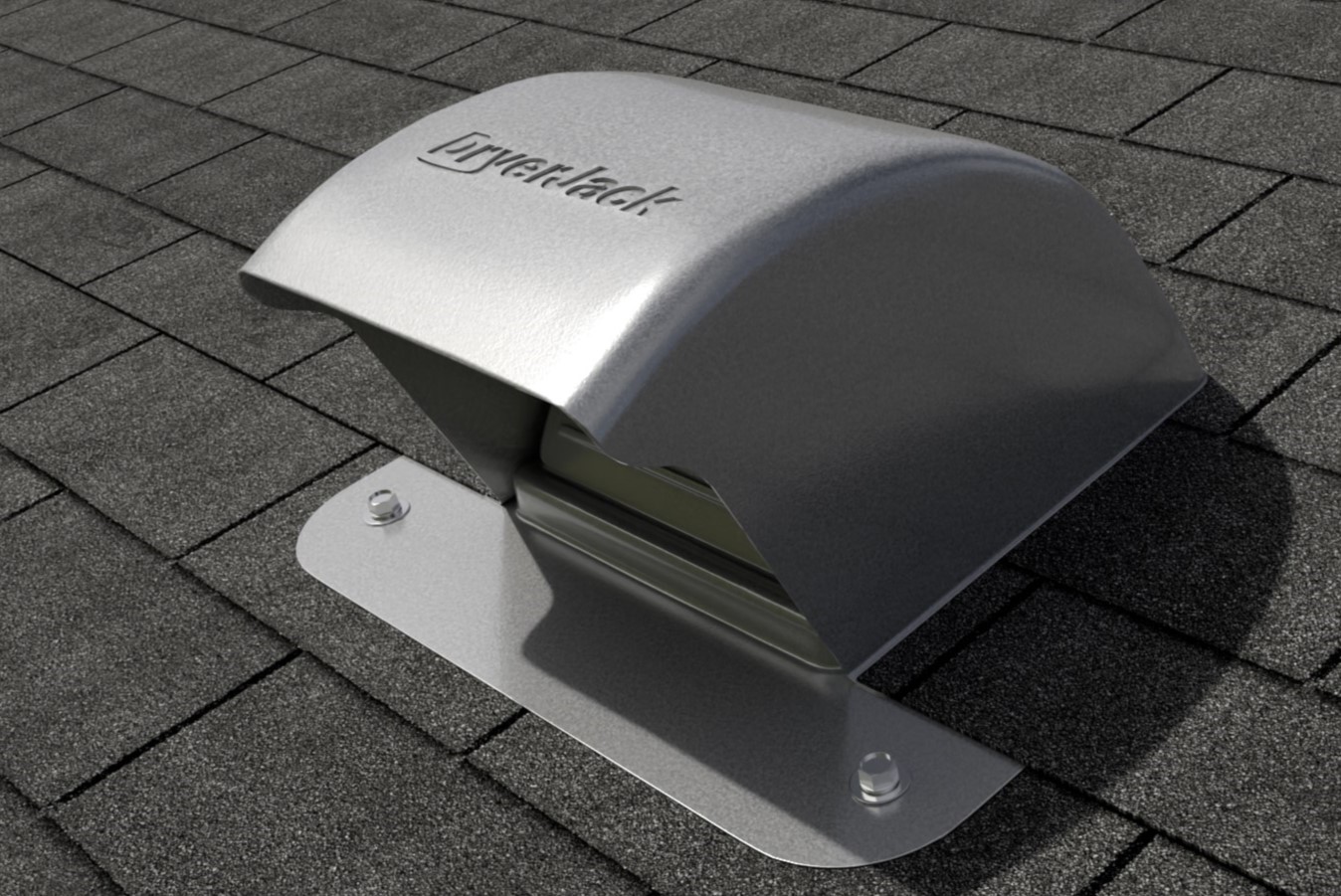
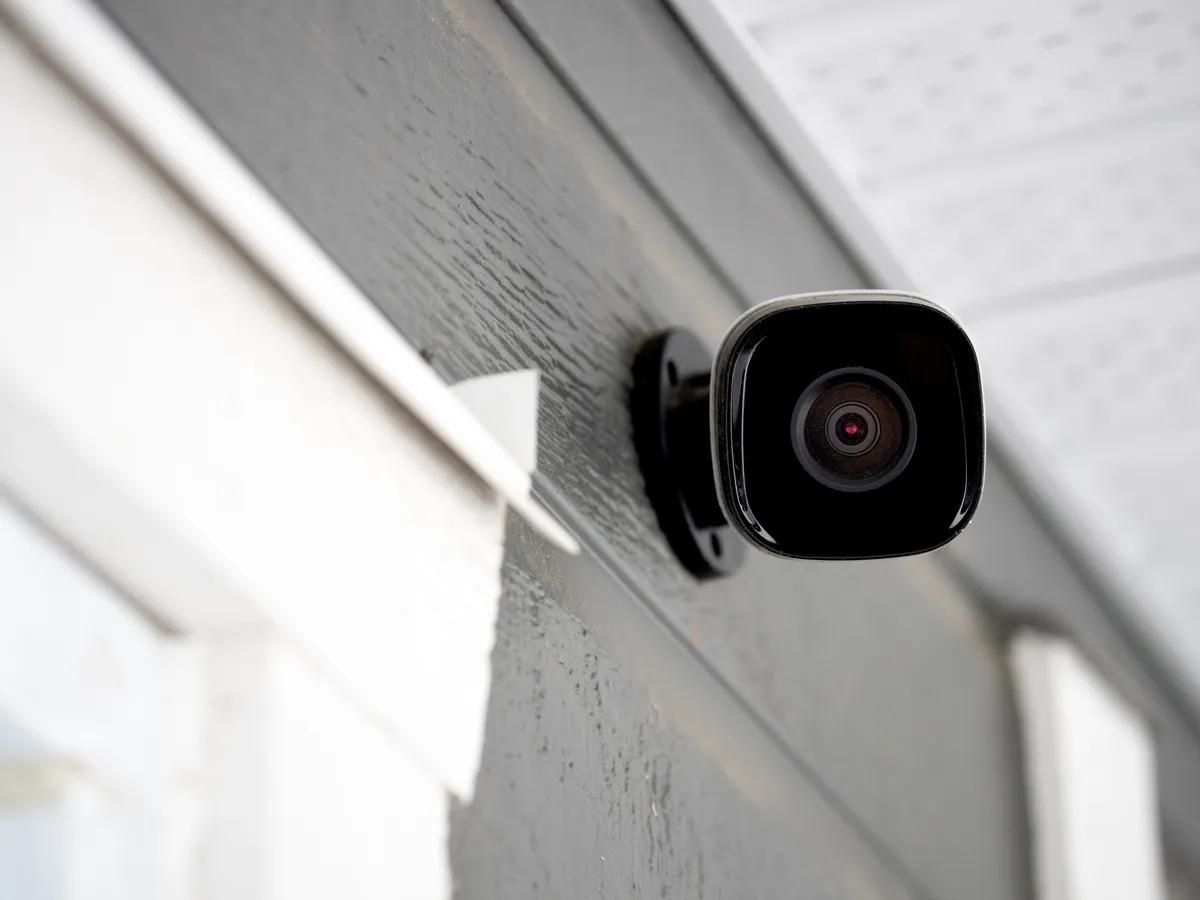
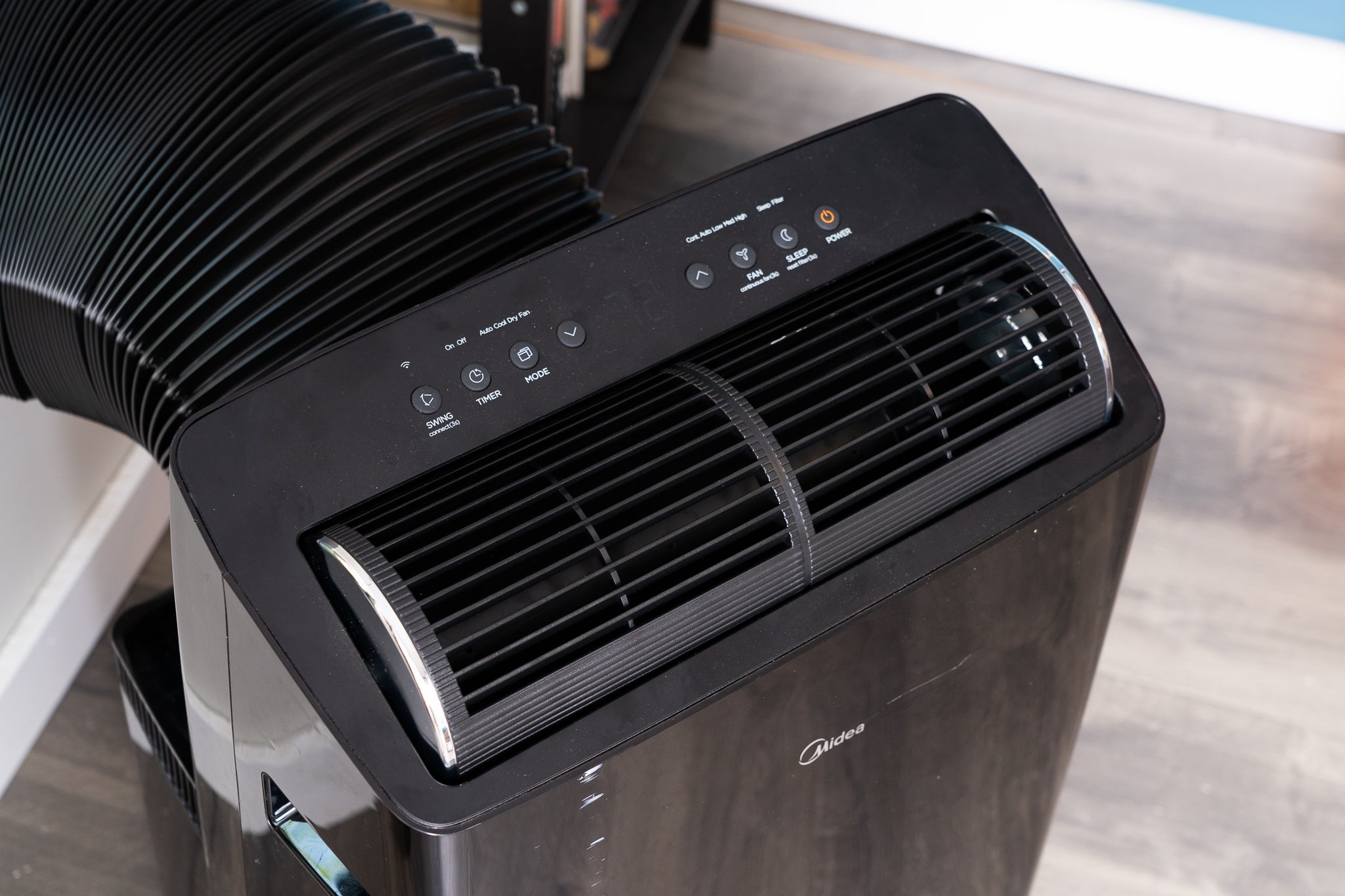

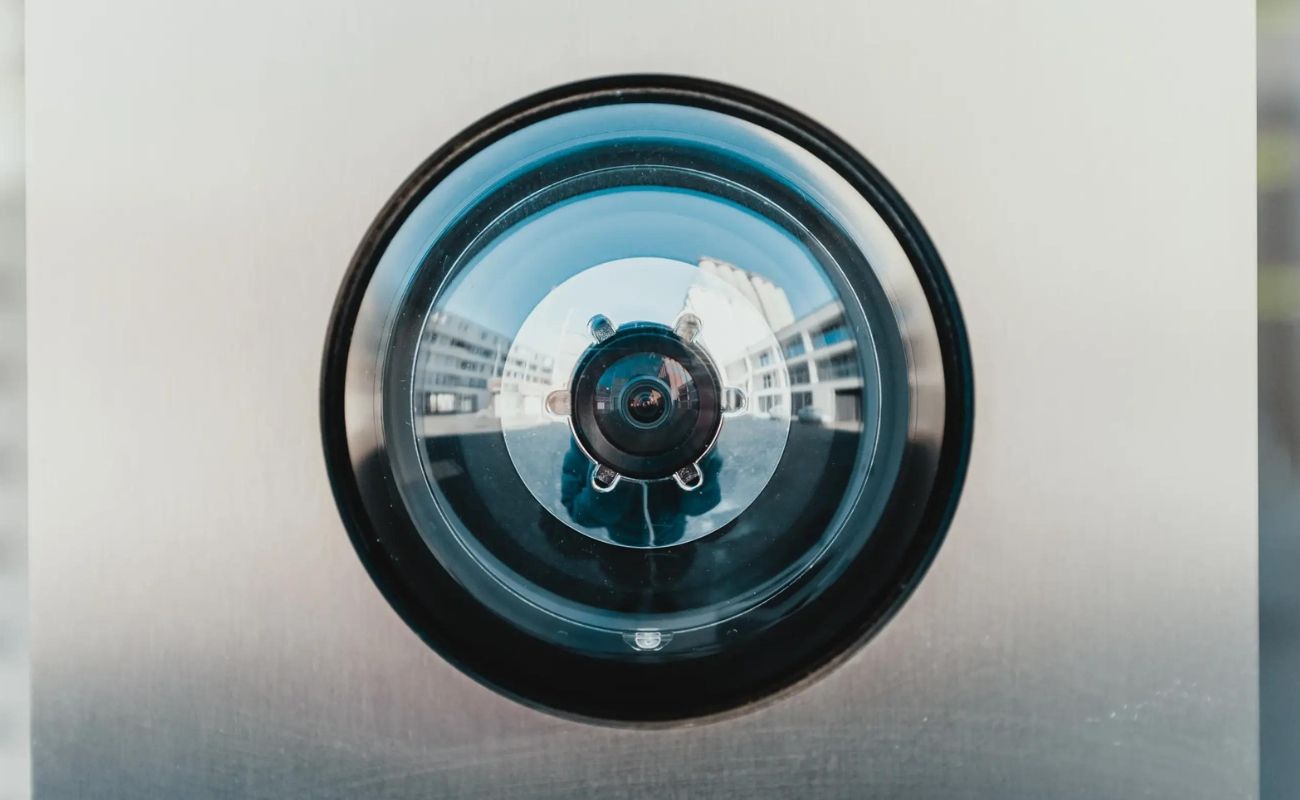

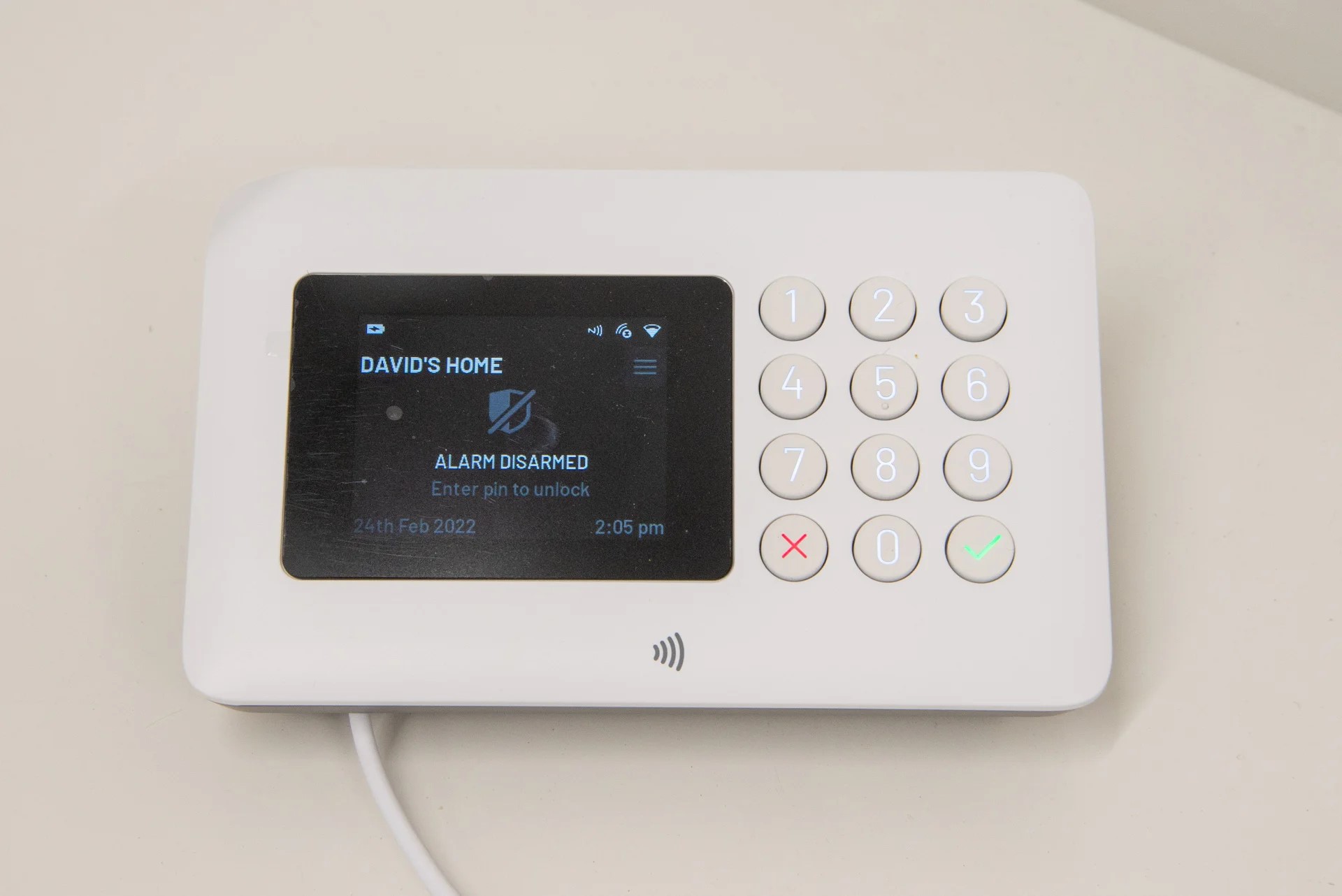
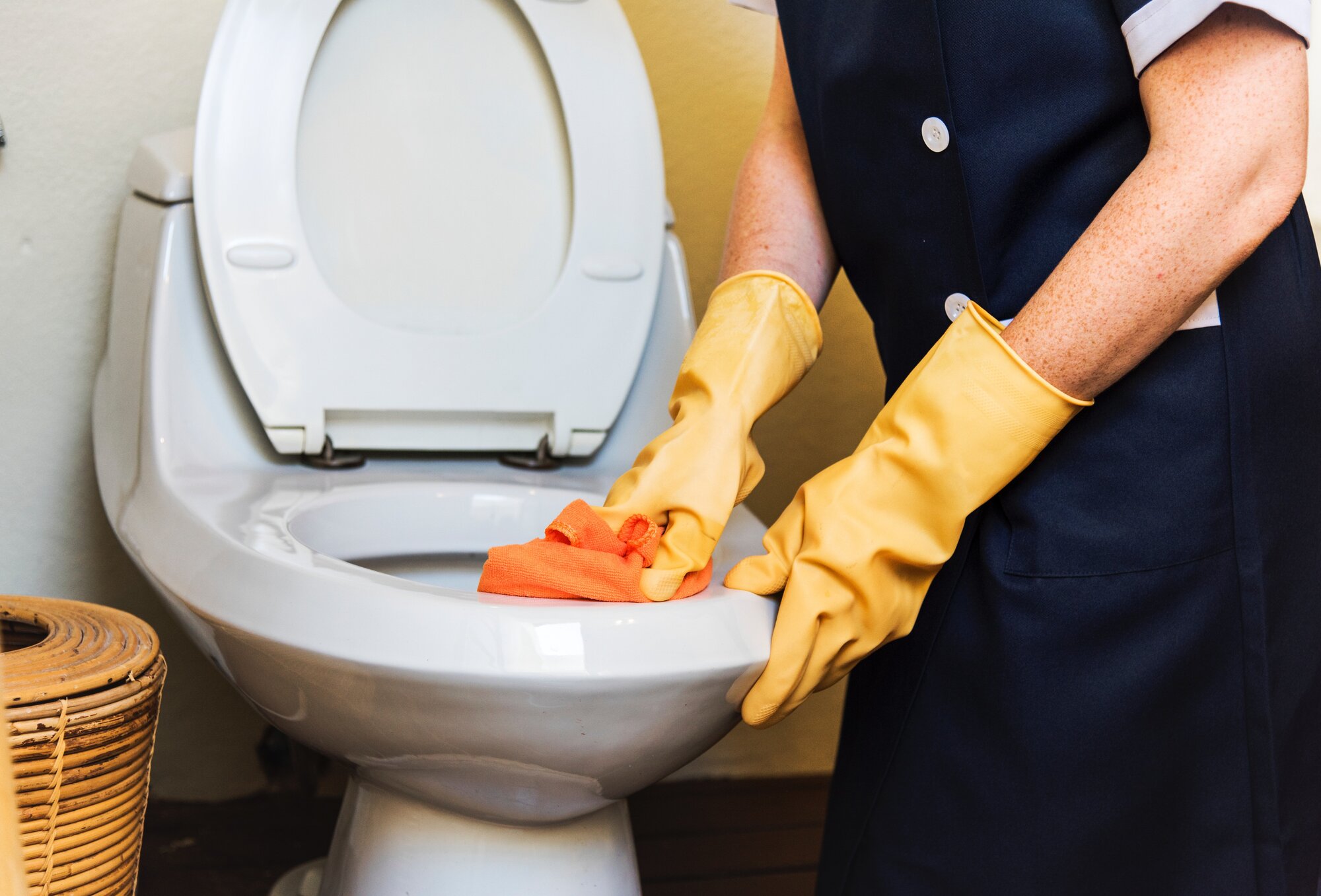
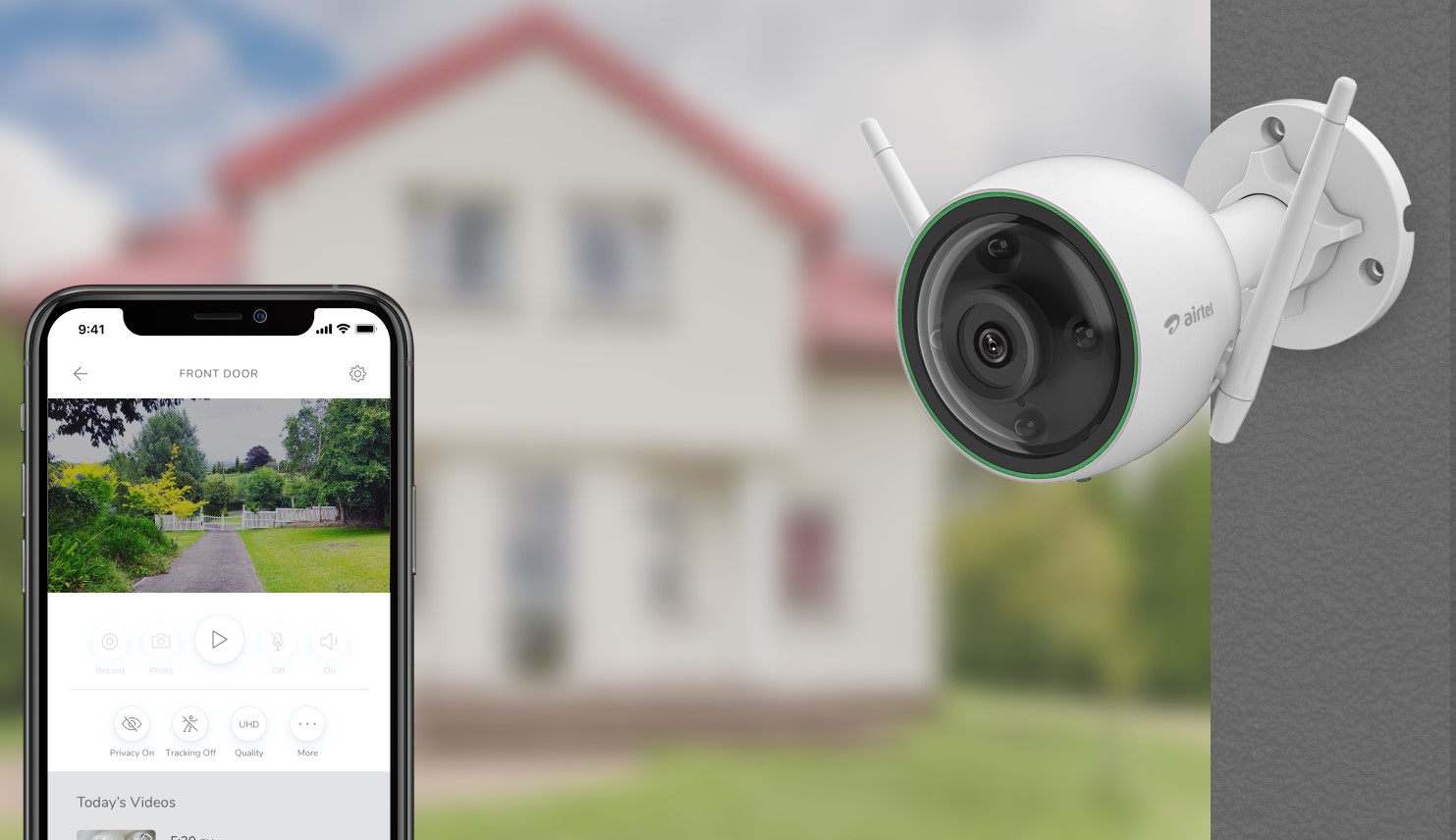

0 thoughts on “What To Look For In A Home Inspection Checklist”